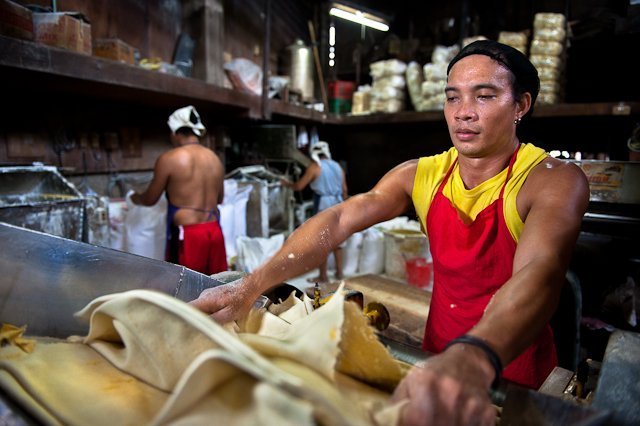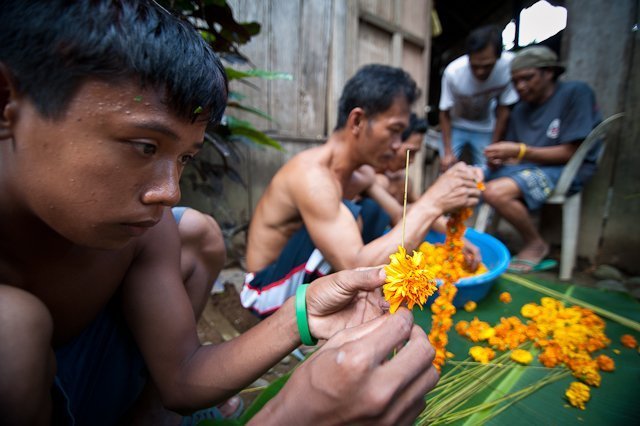How a Wide-Angle Lens Can Add Intimacy To Your People Photos
Robert Capa once said, “If your pictures aren’t good enough, you’re not close enough.” Capa wasn’t advocating the use of longer lenses; he was telling photographers to physically get closer and more involved with their subjects.
If you ever look at the lenses photojournalists have on their cameras, you will almost exclusively see some type of wide-angle. This is because photojournalists generally want their viewers to feel like they are there in the scene with them. A wide-angle lens allows the photographer, like the photojournalist, to work very near their subjects, providing an intimate feeling in their photographs.
A lens is generally considered to be “wide-angle” when its focal length is less than around 35mm (on a full frame camera). What makes a wide-angle lens unique is its ability to get very close to a subject, sometimes within inches, while at the same time allowing you to capture the surrounding environment.

When I am close and involved with what I am shooting, like in the image above of an Agta women and her child, the photo becomes more personal for the viewer mainly because I became more personal with my subject. By being close and engaging with your subject you create a sense of intimacy that will show in your photo.

In the above photo you can see the surrounding environment of where the man making noodles is working. By including the background I’ve added a lot of information for the viewer which gives the photo a story telling element.

When we get closer to our subjects we are encouraging an interaction to happen between that person and ourselves. Usually, when I first approach someone and ask to take their photograph they become a little concerned and nervous. This is to be expected as they don’t really know what I plan to do. However, by being close to them I can make a joke, or smile, or do some type of non-verbal communication to let them know I’m comfortable with what they are doing. I ask them to continue their activity and I try to reassure them that it’s ok for the situation to be comfortable and relaxed. Once this occurs, the magic can happen! You can start to take photos that capture real emotions — and by being close to your subject you can bring those emotions and intimacy to your viewer.


Dealing with Distortion
When shooting close to a subject with a wide-angle lens we need to recognize there may be lens distortion. The two most prevalent forms of distortion with a wide-angle lens are barrel and edge distortion. Barrel distortion causes otherwise straight lines to appear bulged if they don’t pass through the center of the image. Edge distortion causes objects at the extreme edges of the frame to appear stretched in a direction leading away from the center of the image.
Distortion is more noticeable depending on how wide you are shooting and what the make of your lens is. Because I can correct for most lens distortion in Lightroom, I generally don’t worry too about it while shooting. However, there are a few things I keep in mind while shooting that are hard to fix in post-processing.
* Make sure certain body parts do not appear larger or out of proportion from other body parts in the photo. Any part of the body that is closer to the camera will usually appear bigger.
* Try to avoid putting the main part of your subject in the corners of the photo. This is the place where distortion is usually the greatest and can bend a head or body out of shape.
* A wide angle lens is more susceptible to lens flare, because the sun is much more likely to enter into the composition. A lens hood can help, but doesn’t always do a great job.
Fixing distortion is easy when using Lightroom to process your images. Most common brand lenses are already preset to correct for distortion with a click of a button.

email: jacob@jacobimages.com |
© 2024 Jacob Maentz